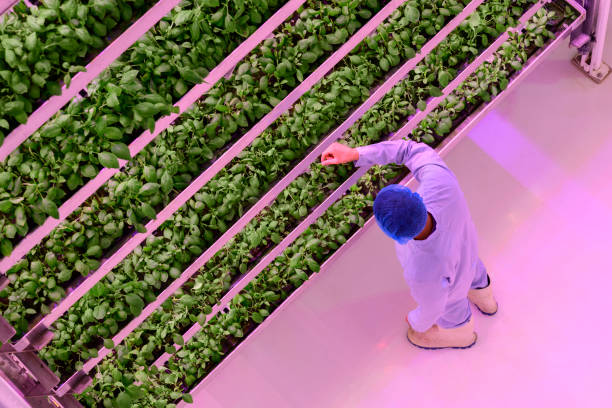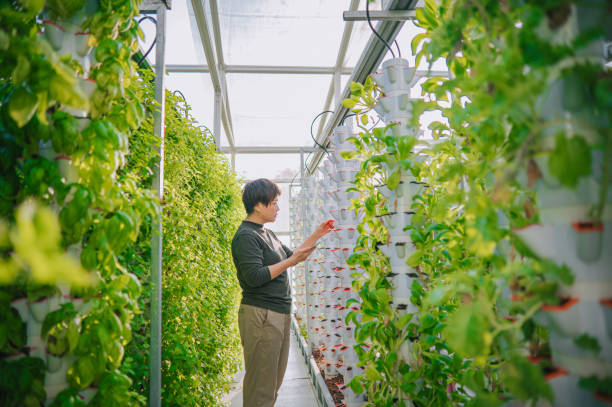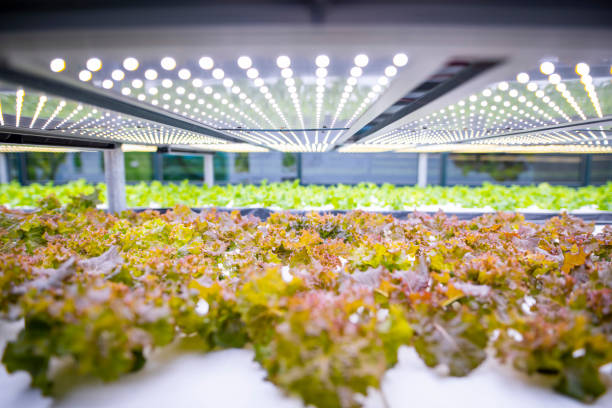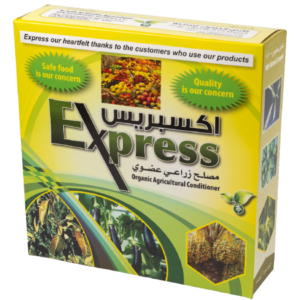Vertical Farming in Dubai: Technology, Benefits, and the Future of Urban Agriculture
Table of Contents
- Overview: Why the World Needs Vertical Farming
- What Is Vertical Farming?
- Why Vertical Farming Is Ideal for Dubai
- Key Benefits Over Traditional Agriculture
- Best Crops for Vertical Farms
- How to Set Up a Vertical Farm in Dubai
- Business Models and Profitability
- Challenges and Limitations
- Future Outlook and Technological Innovations
- Conclusion

Overview: Why the World Needs Vertical Farming
Global population is projected to surpass 9.7 billion by 2050, creating unprecedented pressure on food systems. At the same time, we are losing arable land at an alarming pace—nearly one-third of the world’s farmland has disappeared since the 1970s as cities expand and industrial activity intensifies. Traditional agriculture alone cannot keep up with rising demand if fertile soil continues to shrink. Scientists, entrepreneurs, and governments therefore see vertical farming as a scalable solution to feed dense urban centers while conserving land, water, and energy.
What Is Vertical Farming?
Vertical farming is a controlled-environment agriculture (CEA) method that grows crops in stacked layers—often inside skyscrapers, converted warehouses, or shipping containers. By regulating light, temperature, humidity, CO2, and nutrients, growers achieve year-round harvests with dramatically higher yields per square meter compared to open-field farming.

Key technologies include:
- LED grow lights tuned to plant-specific spectra
- Hydroponic, aeroponic, or aquaponic nutrient-delivery systems
- AI-powered sensors for precision control of pH, EC, temperature, and humidity
- Automated conveyor or rotating rack systems that move plants through light zones
Why Vertical Farming Is Ideal for Dubai
Dubai’s harsh desert climate, limited freshwater, and dependence on imported food make it a prime location for indoor agriculture. With vertical farms, the Emirates can:
- Reduce food imports and improve food security
- Lower carbon emissions related to long-distance transport of perishable produce
- Conserve water—hydroponic systems use up to 95 % less water than soil farming, critical in an arid region
- Utilize unused urban real estate, such as warehouses near residential hubs
- Provide year-round fresh vegetables despite extreme summer temperatures
Key Benefits Over Traditional Agriculture
- Space Efficiency — Growing upward multiplies yield. A one-acre indoor farm can equal four to six acres outdoors.
- Year-Round Harvests — No off-season; controlled climate delivers consistent output and faster crop cycles.
- Water Savings — Closed-loop hydroponics recirculates water, cutting usage by up to 95 %.
- No Pesticides — Pest-free indoor facilities eliminate the need for chemical sprays.
- Reduced Food Miles — Urban proximity means same-day delivery, better freshness, and lower transport emissions.
- Climate Resilience — Production is unaffected by heatwaves, droughts, sandstorms, or flooding.
Best Crops for Vertical Farms
Leafy greens dominate commercial vertical farms due to rapid growth, compact morphology, and high market value. Common varieties include:
- Lettuce (romaine, butterhead, oakleaf)
- Spinach & baby kale
- Arugula, watercress, and mizuna
Fruiting crops require more space and specialized lighting but are feasible with the right system design:
- Strawberries and other berries
- Cherry tomatoes and peppers
- Herbs (basil, mint, cilantro)
Grains such as wheat remain impractical at commercial scale because energy and real-estate costs outweigh economic returns, but research continues on dwarf varieties and LED efficiency improvements.
How to Set Up a Vertical Farm in Dubai
1. Securing the Right Space
The first step is locating a well-insulated building within Dubai’s metropolitan area, close to power and distribution channels. Key considerations:
- High ceilings for multi-tier racks
- Strong floor loading capacity (cropped water systems are heavy)
- Airtight construction to maintain precise climate control
- Proximity to major roads for cold-chain logistics
2. Essential Equipment & Systems
Vertical farm CAPEX centers around three pillars:
- Racking & structure — Modular, food-grade shelves or rotating towers
- Environmental controls — HVAC dehumidifiers, CO2 injection, and HEPA filtration
- Lighting & nutrient delivery — Energy-efficient LEDs plus hydroponic or aeroponic systems

Lighting Strategy: Transition to high-efficiency LEDs with peak wavelengths (blue 450 nm, red 660 nm) to maximize photosynthetic photon flux density (PPFD) while minimizing heat.
Hydroponic vs. Aeroponic:
- Hydroponic flood & drain (ebb-flow) is simpler to maintain and ideal for leafy greens.
- Aeroponic misting provides superior oxygenation and water savings but requires precise nozzle maintenance.
3. Skilled Labor & Operational Costs
Labor remains the second-largest operating expense after electricity. Tasks include:
- Seeding and transplanting seedlings
- Trimming, harvesting, and packaging
- System sanitation and quality control
- Data analytics to fine-tune nutrient recipes
Automation—robotic arms, conveyor belts, computer-vision sorting—reduces labor intensity but requires higher upfront investment. Balanced staffing ensures quick troubleshooting of pump failures or airflow issues that could jeopardize crops.
Business Models and Profitability
Vertical farms in Dubai predominantly sell premium produce to:
- Five-star hotels and restaurants seeking ultra-fresh herbs
- High-end supermarkets and online grocery platforms
- Airline caterers delivering farm-to-fork meals
Revenue streams can diversify into subscription boxes, agritourism, or white-label partnerships with food brands. Profit margins hinge on:
- Energy price contract (off-peak tariffs, rooftop solar)
- Crop turn cycles (lettuce can flip every 21 days)
- Waste reduction (AI predicts optimal harvest windows)
- Brand premium for pesticide-free, locally grown produce
Challenges and Limitations
- High Energy Consumption — LED lighting and HVAC can consume 10–12 kWh per kg of produce. Solar plus battery storage and district-cooling integration help curb costs.
- Capital Intensity — Building and outfitting a 1,000-square-meter farm can exceed USD 3 million.
- Crop Diversity* — Large grains and root crops are still difficult to scale indoors.
- Technical Expertise — Consistent yields depend on agronomists, engineers, and data scientists.
*Ongoing R&D on dwarf wheat and micro-tubers could change the crop landscape over the next decade.
Future Outlook and Technological Innovations
The next wave of vertical farming will feature:
- AI-driven “digital twins” that simulate plant growth and optimize recipes in real time.
- Renewable micro-grids—solar panels, hydrogen fuel cells, or waste-to-energy systems powering farms off-grid.
- Integrating carbon capture—captured CO2 from industry fed into grow rooms to boost photosynthesis.
- Blockchain traceability from seed to shelf, assuring consumers of zero-pesticide claims.
- 3-D printed rack components for rapid, cost-effective farm deployment.
Dubai’s government already supports ag-tech through initiatives such as the Food Tech Valley, aiming to triple the UAE’s food production by 2031. Partnerships with global innovators position the Emirates as a Middle East hub for climate-resilient farming solutions.
Conclusion
Vertical farming in Dubai is more than a futuristic concept; it is an emerging reality addressing water scarcity, land limitations, and import dependence. By stacking crops sky-high and micromanaging their environment, growers can harvest vegetables 365 days a year, use a fraction of the water, and drastically cut “food miles.”
While challenges remain—chiefly energy cost and initial investment—rapid technology advances and supportive government policies are driving costs down and yields up. As LED efficiencies improve and automation scales, vertical farming will shift from niche premium salads to a mainstream component of the urban food basket. For arid megacities like Dubai, the sky quite literally is the limit.






Leave a Reply